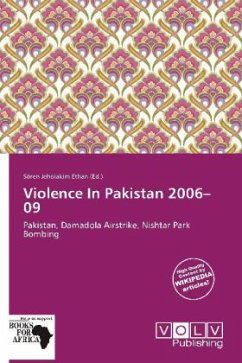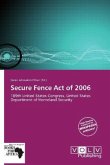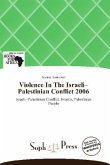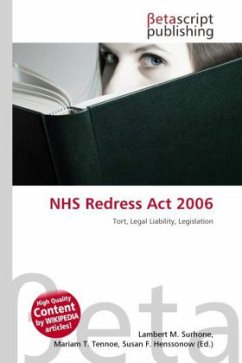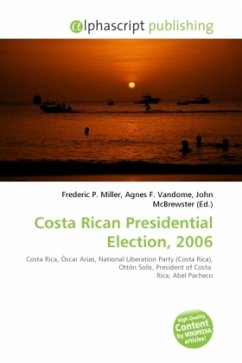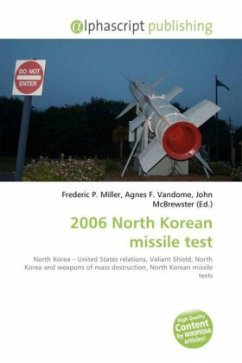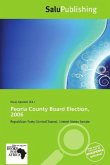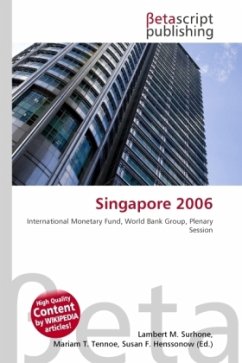This is a list of violent incidents in Pakistan since 2006. Violence increased in 2006, in part because the US/NATO strategy from 2005 of attacking the Taliban in their stronghold in South Afghanistan (including Helmand), lead to incidents on the Pakistani side of the border. The region forming modern Pakistan was the site of several ancient cultures including the neolithic Mehrgarh and the bronze era Indus Valley Civilisation. Subsequently it was the recipient of Hindu, Persian, Indo-Greek, Islamic, Turco-Mongol, and Sikh cultures through several invasions and/or settlements. As a result the area has remained a part of numerous empires and dynasties including the Indian empires, Persian empires, Arab caliphates, Mongol, Mughal, Sikh and British Empire. Pakistan gained independence from the British Empire in 1947 after a struggle for independence, led by Mohammad Ali Jinnah, that sought the partition of India and the creation of an independent state for the Muslim majority populations of the eastern and western regions of British India. With the adoption of its constitution in 1956, Pakistan became an Islamic republic. In 1971, an armed conflict in East Pakistan resulted in
Bitte wählen Sie Ihr Anliegen aus.
Rechnungen
Retourenschein anfordern
Bestellstatus
Storno

